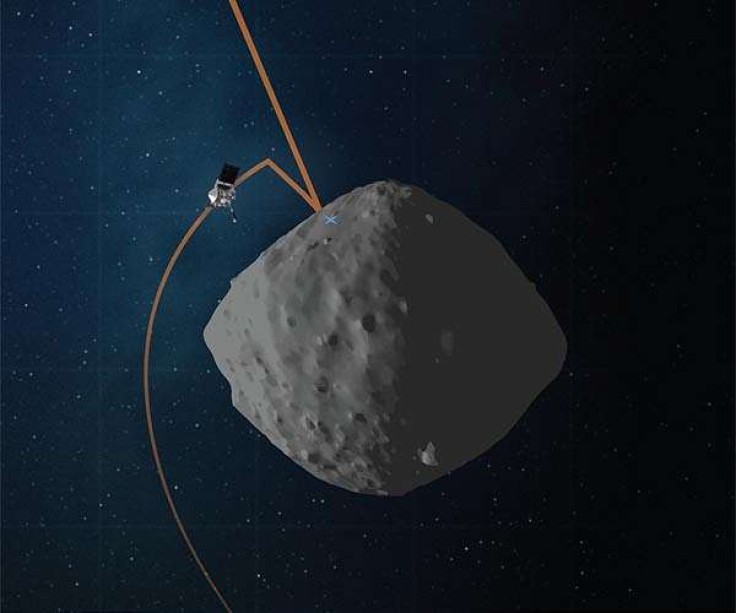
NASA's OSIRIS-REx will attempt this momentous feat by October 20. The robotic spacecraft will gather rock and dust sample from asteroid Bennu by doing a Touch-And-Go (TAG) sample collection event. If successful, this will be the first time that the space agency has managed to grab asteroid pieces. The collected sample will then be sent back to Earth for further study.
NASA's OSIRIS-REx: TAG attempt
Site Nightingale is a rocky area found on Bennu's northern hemisphere. It is 52 ft (16 m) in diameter and this is where the spacecraft's robotic arm will try to conduct sample collection. Site Nightingale was chosen as the preferred spot because it has the largest amount of fine-grained material. However, the area is surrounded by boulders the size of buildings. NASA's OSIRIS-REx, which has the size of a large van, will attempt to land on an area that has a similar area to a few parking spaces.
Read also: Samsung Galaxy Note 20: Understandably Expensive but Not Feature-Packed
The collection event is projected to last for 4.5 hours. OSIRIS-REx will do three maneuvers to reach Bennu's surface. The spacecraft will fire its thrusters to leave its orbit approximately 2,500 feet (770 meters) from the asteroid's surface. This downward trajectory will last for four hours. At an altitude of approximately 410 ft (125 m), it will then do a "Checkpoint" maneuver.
After 11 minutes, NASA's OSIRIS-REx will then do a "Matchpoint" burn. This will slow its descent and target a path to synchronize with Bennu's rotation. It will then touch down for about sixteen seconds and fire a pressurized nitrogen bottle. This will lift most of the surface material, which will then be captured by the craft's collector head. NASA's OSIRIS-REx will then lift off from the asteroid's surface and navigate to a safe distance.
After departing asteroid Bennu, OSIRIS-REx will undergo reconfigurations to prepare for sampling.
During the TAG sampling event, the asteroid and NASA's spacecraft will be roughly 207 million miles (334 million km) from Earth. Due to this distance, it will take about 18.5 minutes for the craft and mission control to send and receive signals from one another. This prevents any live piloting of the craft during the TAG event. Thus, OSIRIS-REx is designed to do its tasks autonomously.
Read also: Petabyte Hard Disk Drive Could Surprisingly Have Glass Parts
The spacecraft is tasked to collect at least 2 oz. (60 grams) of material from the asteroid. This will be returned to Earth. If all becomes successful, this will be the largest sample that was gathered in space and sent back to our planet. NASA came up with two methods to check that the sample collection was successful. NASA's OSIRIS-REx's SamCam camera will take photos of the TAGSAM head on October 22. This will help confirm if the head has a sample of Bennu's surface material.
Several months were spent in preparing for the sample collection event. Due to the agency's COVID-19 response, once TAG is about to commence, only a few team members will monitor OSIRIS-REx from Lockheed Martin Space's Mission Support Area. Other team members will also be present at other locations on-site.
If all goes according to plan, NASA's spacecraft will return to Earth on September 24, 2023 with the collected sample.
Read also: Windows XP Source Code Has Been Unfortunately Leaked









